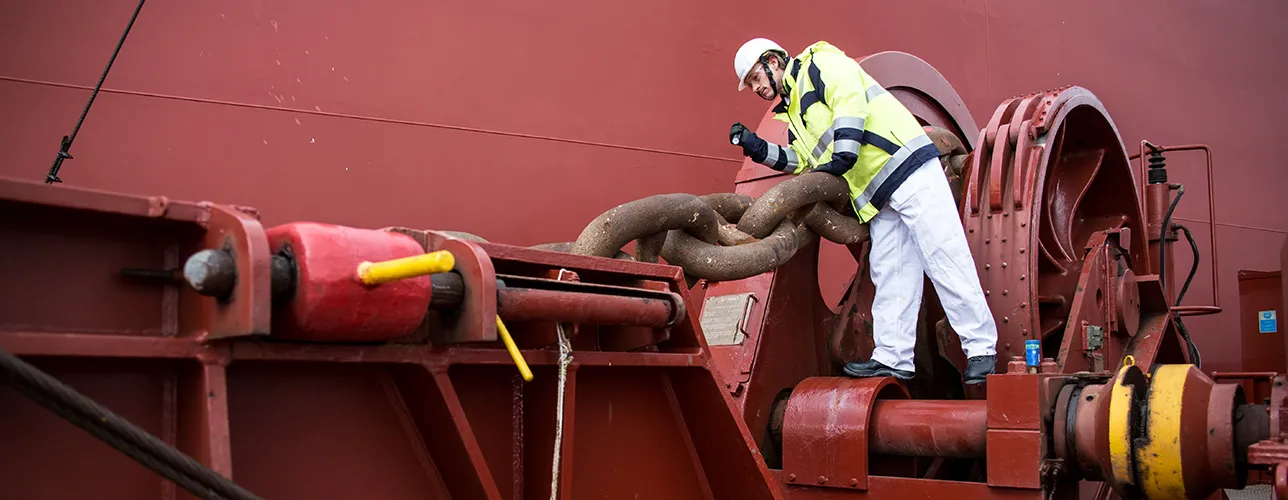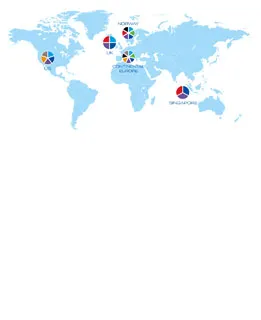The trend in mature oil and gas regions to keep using existing infrastructure, and to develop new discoveries via tie-backs, is driving the need to extend the life of platforms, pipelines and other assets beyond its original design life.
This includes permanently moored floating assets such as floating production, storage and offloading units (FPSOs), floating storage units (FSUs), and semi-submersible production platforms. The design life of a mooring system is typically the same as for the moored asset, 20 to 30 years.
One approach is to replace all the mooring ropes and chains, which is costly and requires significant production downtime. Another strategy, which has substantial cost advantages, is to extend the life of the moorings to match the prolonged life of the asset.
Our mooring analysis and testing experts in Norway (Oslo and Bergen) have a long track record in advising customers on how to manage the integrity of their mooring systems efficiently, safely and cost-effectively.
We are experiencing rising demand for this technical advice as life extension remains high on the agenda. The basic idea is to combine state-of-the-art analysis with test data from actual components that have seen the service life to date to more accurately conclude on the remaining life. Players are increasingly looking at this integrated approach as an attractive option.
Sampling and testing of mooring lines for life extension
Prolonging the life of mooring systems involves the following steps
- Assess the field inspection records and moorings analysis
- Determine what part of the system require lifetime extension (top chain, bottom chain, wire, fibre rope)
- Identify representative locations for extraction of samples to be tested.
- Retrieval of samples offshore, and examination and testing in our laboratories
- Implement test results data in analysis to determine the remaining life of the system.
For example, in a recent project, we advised a customer on which mooring lines to retrieve samples from, based on inspection records and our analysis of which had the highest fatigue loads.
The laboratory testing of the mooring chains included the following:
- Fatigue testing to provide fatigue test data as basis for a fitted S-N curve, to calculate remaining fatigue life
- Break load testing to determine the breaking strength
- Testing of the mechanical properties of the mooring chain material; e.g. yield strength, tensile strength, toughness, hardness etc. to check compliance with manufacturing records
- Examination of corrosion and wear.
- 3D laser scanning to establish the exact geometry of samples and extract dimensions
The pool of machines available at DNV’s Technology Centre for Offshore Mooring and Lifting in Bergen and Laboratory in Høvik is truly unique:
- Most of the fatigue testing is done in tensile machines with a capacity of 400-750 tons.
- The break load testing is facilitated in our max capacity is 2900 tons tensile testing machine.
- DNV has recently increased our capability for fatigue testing steel wires and chains, through investment in a new 1,100 tons cylinder dedicated to this purpose.
- DNV also has a unique machine for testing out of plane bending fatigue.
This approach, and the documented evidence that they provide, have already proved successful for large operators who have been able to safely extend the service life of mooring systems and thus avoiding expensive replacement.

